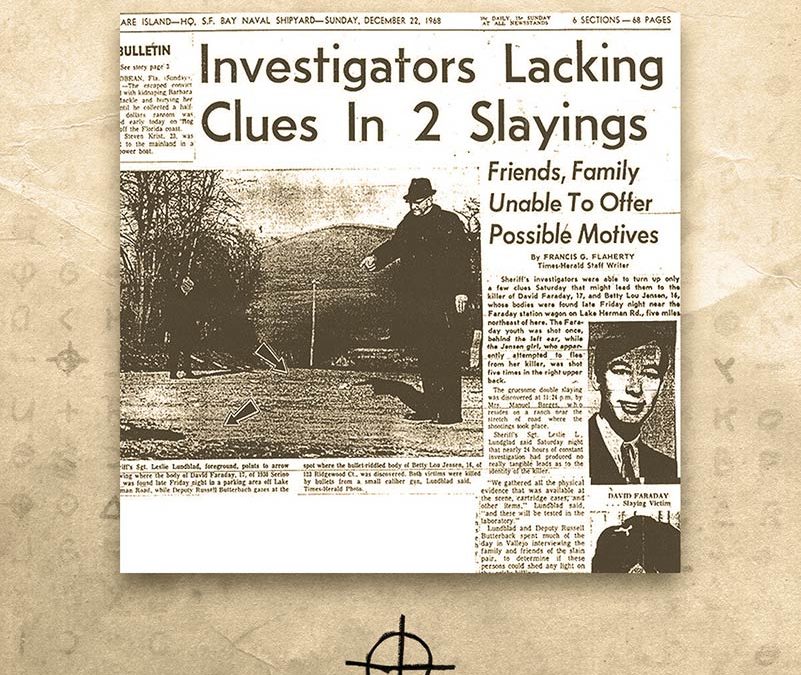1 • In The Shadows
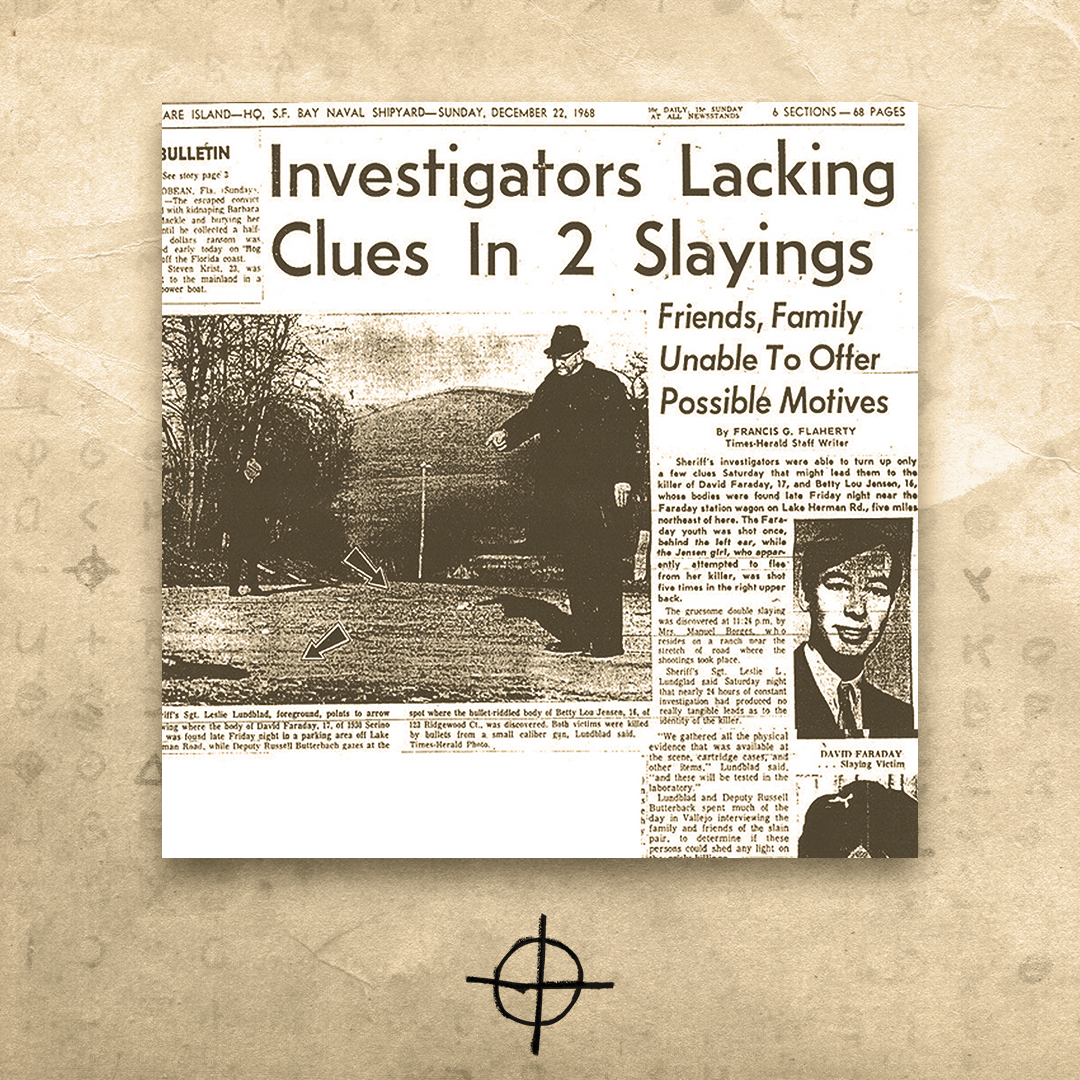
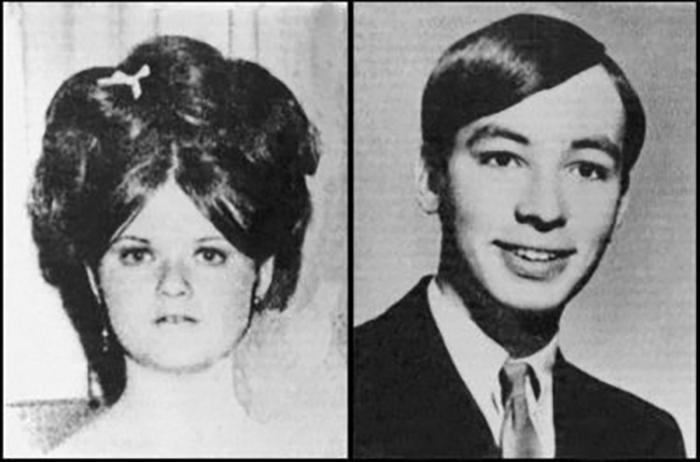
And I remember she said, “Okay, I’ll see you next year.” And I go, “Oh yeah, I’ll see you next year.” And that was the last time that I spoke to or saw Betty Lou.
– Lorraine DeGroat, friend of Betty Lou Jensen
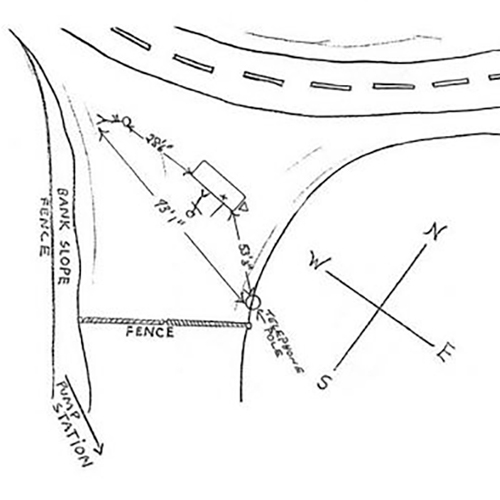
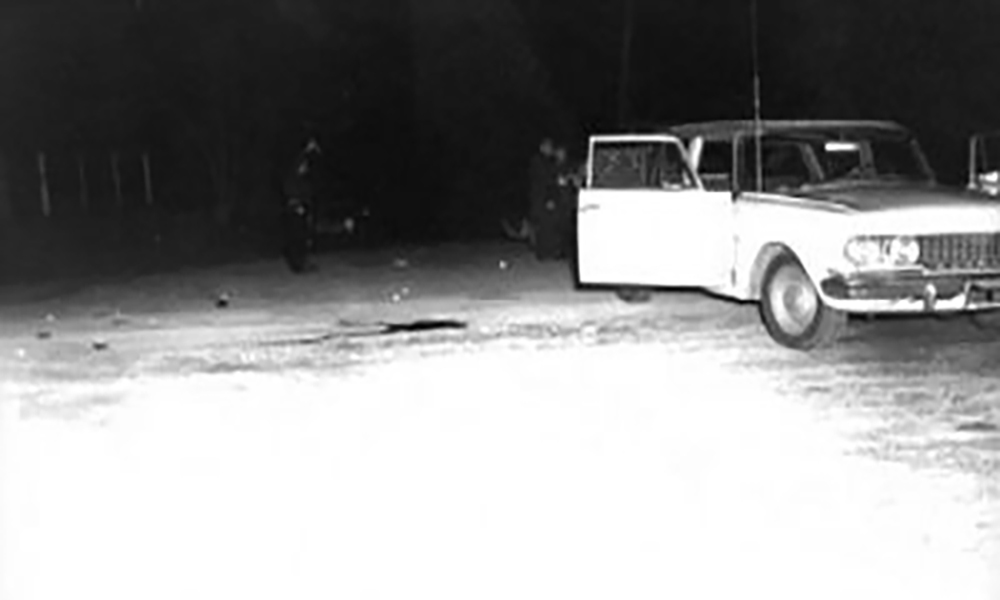
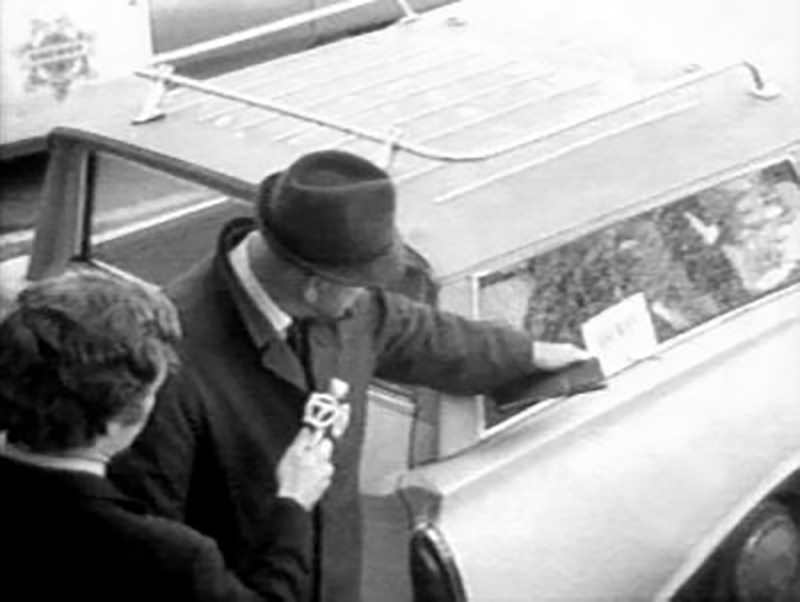
I think this is the kind of place that the Zodiac killer knows kids come and make out in a car, knows they’re gonna be vulnerable. It’s pitch black. It’s easy prey for him.
– Matt Frederick, host
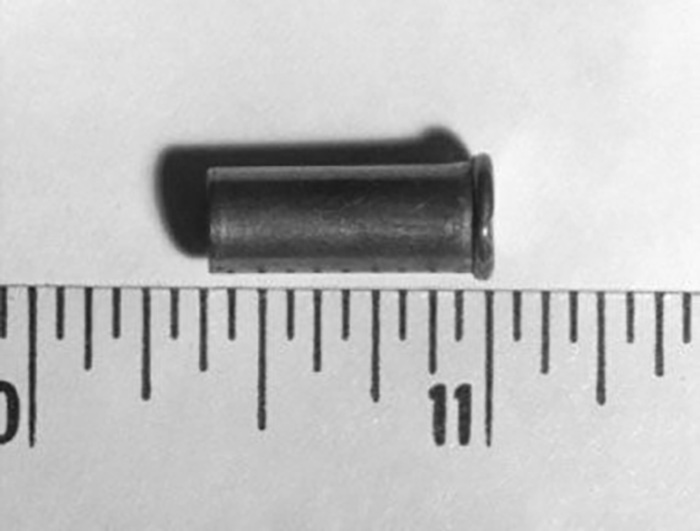
With no leads, the case went cold.
Transcript
Matt Frederick: Christmastime 1968, all was not calm, all was not bright.
Speaker 3: Sir, could you briefly describe what apparently happened last night?
Speaker 4: We had a double homicide that took place on a county road sometime after 11:00. 16-year-old girl and a 17-year-old boy.
Speaker 3: How did this incident occur, apparently?
Speaker 4: Well they were shot.
Matt Frederick: Photographer Tom Balmer arrived on the scene.
Tom Balmer: The night of December 20 was an interesting one. Photographers back then were ambulance chasers. We had radios with the local police and fire frequencies. We followed what was going on. I remember a dispatch to Lake Herman Road in Benicia, and they said that there were two victims there and they thought it was a murder-suicide. The woman there that was shot was fairly small in size, and they were thinking it was an adult and a child. That was what the original dispatch was, as I recall it. So I headed out that way.
Tom Balmer: It was dark that night, out in the boonies there. It was along the side of the road, it was fairly quiet, no traffic going by as I recall. Really not a sense of place there other than just out in the open. As it turned out, there was one person, his name was David Faraday, he had been shot and his girlfriend, Betty Lou Jensen had also been shot. She was dead at the scene, and they’d taken him by ambulance. He had died en route.
Tom Balmer: The woman’s body remained under a blanket, and the investigators came out. The blanket was between me and the investigators. They lifted the blanket with them behind it and looking so I never got to see, but I shot a couple pictures of the investigators looking. The newspaper then ran the pictures on Sunday.
continue reading
Tom Balmer: The one thing a photographer learns to do right away is go into a work mode, just start recording and not experiencing. If you started to get emotional over everything you just saw you could never do anything.
Speaker 3: You have any idea what the possible motive might be for this killing?
Speaker 4: We have no motive at this time.
Tom Balmer: Every time I see the word Zodiac, I flashback to the moment like, wow I was there. You can say, yeah, I photographed what then was thought to be the first victims of the Zodiac killer. That’s something that not everybody has done.
Payne Lindsey: The Boogeyman, a monster, a scare tactic, a mythical creature dating back to as early as the Middle Ages. If there’s one thing I have learned from our first season, Atlanta Monster, it’s that sometimes there’s more fact than fiction to this elusive nightcrawler. After all, what’s the difference between the Boogeyman and a rampant killer, unidentified after nearly 50 years. The Zodiac killer is one of the most notorious serial killers to date. He’s a dark mark on San Francisco’s era of love. He wears his signature on his chest, like Superman gone horribly wrong. It’s the infamous crosshair symbol, a circle intersected with perpendicular lines, a target. The Boogeyman may not be under your bed, but it can exist. And even more frighteningly, there’s more than one. To examine this demon properly, it’s important to understand what societal and psychological elements allowed this evil to exist. This is our new exploration, the Zodiac Killer. I’m Payne Lindsey.
Payne Lindsey: Last year I worked with the team at HowStuffWorks to create Atlanta Monster. Matt Frederick was one of those people. You may remember Matt from last season.
Matt Frederick: A police officer who didn’t know what a railroad trestle was became the Achilles heel of a murder investigation that cost more than $9 million.
Payne Lindsey: For any avid HowStuffWorks listeners, you may know Matt from Stuff They Don’t Want You to Know. It’s a podcast about conspiracy theories, from the bizarre to the possible. Matt’s a questioner and an information junkie. This makes him the perfect person to guide you through this story, presenting the facts and the follies that riddle this case. Take it away, Matt.
Matt Frederick: I’ve been researching unsolved mysteries for over 10 years now, separating the truth from the noise. I first became aware of this case in 2007 when David Fincher’s film Zodiac was released in theaters. I was hooked, and I needed to know more. So I read the book from Robert Gray Smith. It’s also titled Zodiac. I started scouring websites and message boards, and I quickly realized that the book and movie had only scratched the surface. The story of the Zodiac is about much more than just a serial killer. It’s about a country experiencing tremendous changes. In the late ’60s, a perfect storm was brewing, and the eye was squarely centered around San Francisco.
Speaker 7: The summer of love is an expression of this awakening. We call upon the world to help us celebrate the infinite holiness of light.
Peter Richardson: The summer of love is the summer of 1967 when something like 100,000 young people flocked to San Francisco.
Matt Frederick: This is Peter Richardson. He’s a historian and lecturer at San Francisco State University.
Peter Richardson: They’re told not to come by city officials, which is the best way to get people to come. And they do come.
Speaker 9: You know, America is so obsessed with bad breath and with underarm deodorant. These are the biggest problems in the world if you watch television. I think that a generation of kids which says, “We don’t care about your concept of cleanliness,” is a revolutionary generation.
Peter Richardson: When the LSC hits the streets it really kind of changes, kind of morphs into the hippie counter culture that people are so aware of. It turned San Francisco into a kind of global rock capital.
Speaker 10: San Francisco police say that nine persons have been arrested in a narcotics raid on the headquarters of the Grateful Dead, a widely popular singing group.
Peter Richardson: There are a lot of bands that are very creative and innovative and influential. What was happening in San Francisco was something much more improvisational, exploratory. It was part of a larger art scene that included psychedelic posters and light shows. And even the hippies didn’t realize how many of them there were. And they start getting publicity, national publicity.
Speaker 11: We’re all children in the 1960s. Orphans of America, children of blood. People say to us …
Peter Richardson: The scene kind of unravels fairly quickly. Despite its Utopian aspirations, the San Francisco counter culture is surrounded by all these other forms of strife. So it’s not a peaceful place to live.
Speaker 12: The new Communist campaign in Vietnam continues. Just after midnight their time a band of Vietnam raiders blew up a power installation and attacked two police stations in Saigon.
Peter Richardson: It’s a really heady mix by the end of the 1960s. There’s a larger backdrop of real problems, political violence begins to emerge.
Speaker 13: Dr. Martin Luther King, the apostle of nonviolence in the civil rights movement has been shot to death in Memphis, Tennessee.
Peter Richardson: And that segues into what author David Talbot calls the season of the witch where you’ve got the Zodiac killer.
Speaker 14: It would sound like a cliché Hollywood script if it weren’t true. A serial killer stalking victims, taunting police, even keeping bloody mementos from his slayings and boasting about his deeds to the news media.
Peter Richardson: The randomness and the tone of the Zodiac killer was very, very troubling for people. We think of the Zodiac crimes as being urban crimes and associated with San Francisco. But most of the confirmed killings actually happened farther north pretty far out there. And I think that adds to the creepiness. The places are so isolated, and there is a kind of theme in American cinema history where the real and crazy stuff happens out in the country. It’s in these isolated places that you really have to worry.
Matt Frederick: This case begins on December 20, 1968, on Lake Herman Road in Benicia, California.
Lorraine DeGroat: My name is Lorraine DeGroat, I live in Napa from Vallejo. It was Christmas vacation, and we had a rally on Friday where everybody joined in the big auditorium, and it was a rally. We sat together, and when we walked home, I said, “Bye.” And I remember she said, “Okay, I’ll see you next year.” And I go, “Oh yeah, I’ll see you next year.” And that was the last time that I spoke to or saw Betty Lou.
Michael Butterfield: David and Betty Lou were high school students. They met at a church function and were smitten with one another.
Matt Frederick: this is Michael Butterfield. He’s been researching this case for over a decade, and he’s one of the people who knows this story best.
Michael Butterfield: Within two weeks, they were on their way to becoming a couple. David Faraday was a young, intelligent, very civic minded individual. Cared about other people, was well liked, good student. Betty Lou Jensen was a very popular student, had many friends. She was also a very talented artist. When David Faraday asked her out, that was to be their first date together and her first date totally.
Michael Butterfield: That night they promised Betty Lou’s parents that they would be home by 11:00 PM. They did not go home by 11:00 PM. At some point, the two of them wound up on Lake Herman Road, which is a dark and isolated area that’s known as a Lover’s Lane spot. Another vehicle pulled up into the area. We don’t know for sure what happened after that because there are no witnesses, but the person got out of the car, there were some shots fired into the vehicle. David and Betty Lou escaped out of the passenger side of the Rambler Station Wagon, but David Faraday was shot at almost point blank range in the head. Betty Lou Jensen appeared to have run away, and at that point the killer shot at her at least five times, hitting her in the back.
Michael Butterfield: Shortly after that, a driver was passing through and saw the bodies laying on the ground, drove into town, notified the police and then the police came on the crime scene. There was no discernible motive, no personal animosity, no rape, no robbery, nothing like that. They were investigating people involved in the victim’s backgrounds, people who may have had a grudge, career criminals, the so-called usual suspects. But none of that was working.
Lorraine DeGroat: This is the yearbook. This is very special to me because it’s got Betty Lou in it. Bottom right, that’s Betty Lou. I hold this just dear to my heart. I just think it’s terrible. I’ve never been in a situation where you knew somebody, and they got killed. You know, it’s stayed with me.
Michael Butterfield: After a period of months had gone by, it was a cold case. The absence of any discernible motive made it virtually impossible to keep investigating it. Serial killers were not a national phenomenon back in the 1960s. The term serial killer did not even exist in popular language. Most law enforcement agencies were not experienced in investigating serial homicides.
Lorraine DeGroat: I’m so consumed to this day about Zodiac. I don’t think he’ll ever be caught. My ears just pop up if I hear the name Zodiac.
Michael Butterfield: They’re used to dealing with a killer who commits a crime for a traditional motive and who could be tracked down through traditional investigation. When you have someone who commits a bunch of murders for no apparent reason, innocent people minding their own business out on a date, that’s bad enough. But when a person brags about it and wants to taunt you and threaten it’s going to happen again, that’s a whole other level of terror.
Speaker 17: The search goes on in San Francisco for the man known as the Zodiac killer.
Speaker 18: Zodiac brags he’s killed, seven people. He taunts the police for not finding him, and he says he will do his thing again.
Speaker 19: We have reason to believe that he’s a maniac.
Speaker 20: Who is the Zodiac? And where is he?
Michael Butterfield: The story that you hear about the Zodiac case is not the real story. And as you examine the facts, that story starts to disintegrate and behind it is this other story.
Michael Butterfield: When I was 12 years old living in Phoenix, Arizona, I worked as a paperboy in my neighborhood. I was rolling the newspapers every morning and seeing stories about the Atlanta child murderer and all kinds of things. So I was already following true crime even as a young child. Around that time, another 12-year-old paperboy was abducted and apparently murdered in our neighborhood. That was the first time that I ever really realized that there were people out there that wanted to kill you. Here in Phoenix, they stopped the paperboys. That’s when your newspaper started being delivered by an adult in a van who was throwing a paper out the window and it woke me up. And so that was the end of innocence in my life in many ways, but it really wasn’t until the 1990s that I started doing what you might call legitimate research.
Matt Frederick: And with all of this research, Michael created a massive online archive dedicated to the Zodiac case. It’s called zodiackillerfacts.com.
Michael Butterfield: Gathering all the police reports I could, the FBI files and everything and then interviewing those who were involved in the case, the original investigators, surviving victims, some of the witnesses, suspects and the people who accused them and their families. And so, over a period of years I built up a database, you might say, of information. I’ve devoted my website to spreading information for people who are out there just like I was years ago, struggling to find something and not being sure what’s true and what isn’t true, what’s fact and fiction. I try to devote my research and make some use of all the work that I’ve done by providing accurate information so people can separate fact from fiction and reach their own conclusions.
Michael Butterfield: There are a lot of major differences between the true story of the Zodiac and the myth. A major component of the myth is that the Zodiac was some kind of master criminal who was playing some sort of elaborate game, who knew the victims, who was an expert marksman, who was responsible for dozens of murders. It’s easier for someone like me who doesn’t have a suspect or a theory. When I’m asked a question, it’s easier for me to say, “I don’t know.” Because that’s the truth and that’s the most honest answer someone can give you. But a lot of people aren’t satisfied by the truth, and they’re not satisfied by a mystery. People crave answers, and if someone’s telling you I have all the answers, that can be very attractive, very compelling for a lot of people. And I think, like a lot of things in society, someone would rather be satisfied with the wrong answer than be satisfied with no answer at all.
Michael Butterfield: The name Zodiac is very much like the Boogeyman, especially it’s the American version of Jack the Ripper, in many ways. We don’t know who the Zodiac was, he’s a mystery. That name, for me, it still scares me a lot, to be honest with you. It’s terrifying what he did and what he got away with. The fact that he got away with it at all is terrifying. So when I hear that name, the first thing that pops into my mind is he’s still out there.
Michael Butterfield: We don’t know who he is, we don’t really know anything more than what we did almost 50 years ago about him. He could be anyone, he could be that guy who lives across the street from you and comes out to pick his newspaper up in the morning or someone in your family. The name Zodiac, it’s come to stand for many different things in the popular culture about true crime. He’s either a master criminal or he’s some kind of drooling maniac or whatever. But for me, I’ve always viewed him more as a person. That makes him much more terrifying to me.
Matt Frederick: At this point, I had heard and read so much about the Lover’s Lane on Lake Herman Road. But I’d never seen it with my own eyes. I wanted to know exactly what David Faraday and Betty Lou Jensen saw when they encountered the Zodiac that night. So the team and I, including our executive producer, Jason Hoch, flew out to the Bay Area and the Lake Herman Road site was our first destination. We headed east from Vallejo on Lake Herman Road for a little over three miles. One of the first things you see is a huge rock quarry on the left and then the relatively small Lake Herman on the right. But other than that, it’s just rolling hills and very few signs of civilization. The site itself is located about a mile across the current Benicia, California line. What we’re referring to as a Lover’s Lane is actually just a small turnoff to a private road. That road leads down a hill to the Benicia Police Department shooting range. There’s a large metal gate blocking the road, and it’s secured by numerous single key locks. It’s strange.
Jason Hoch: This is it?
Matt Frederick: This is the turnoff, yeah.
Jason Hoch: there’s nothing here.
Matt Frederick: The car was right here.
Matt Frederick: It feels unlikely, right?
Jason Hoch: It feels very unlikely. This is in the middle, kind of a country road with a little pull off.
Matt Frederick: So, if you’re standing here at the entrance where the gate is, and you look out, there’s no human beings. I think this is the kind of place that the Zodiac killer knows kids come and make out in a car, knows they’re gonna be vulnerable. It’s pitch black. It’s easy prey for him.
Matt Frederick: Just beyond the fencing there’s an old sign that says, “No trespassing and no dumping.” And on the front of the sign, someone, at some point, spray painted a large black Zodiac symbol.
Matt Frederick: The murders of Betty Lou Jensen and David Faraday on December 20, 1968, were senseless and tragic. But at this point, for the people of Benicia, California and the surrounding area, there was no further cause for alarm. As callous as it sounds, this was just an unsolved crime in a small town. Until, that is, the following summer when the Zodiac killer struck again.
Michael Butterfield: The next crime occurred at Blue Rock Springs Park, which is approximately two and a half miles away from Lake Herman Road, I think. Vallejo was a popular city, it was also part of a port of entry, so there was a lot of sailors, lots of influx of people coming in. But it was still a bustling community with lots of good people in it.
Michael Butterfield: On the night of July 4, 1969, Darlene Farrin, the 22-year-old mother and waitress picked up a friend of hers named Michael Mageau. They were friends, they had met at the diner where she worked, and they decided to go to Blue Rock Springs Park, which is located across the street from a large golf course, but it is sort of outside and isolated in some ways. But it was also another lover’s lane area.
Matt Frederick: Vallejo, California is the next town over, just northwest of Benicia, where the first murders took place. To put this into perspective, the location where Darlene Ferrin and Michael Mageau were attacked in Blue Rock Springs Park in Vallejo is only a seven-minute car ride away from the Lake Herman Road site. And it’s a fairly straight shot. There’s literally one turn. Two similar shootings, two lover’s lanes, just miles apart. Things were starting to add up, but in July 1969 no one had the full picture yet.
Clarence Rust: Okay, yeah, my name is Clarence Edward Rust, R-U-S-T. And I’m a retired Vallejo Police Department Lieutenant. On the night of July 4, 1969, I was working a late shift with my partner, John Lynch when the Zodiac killing occurred in Vallejo.
Episodes
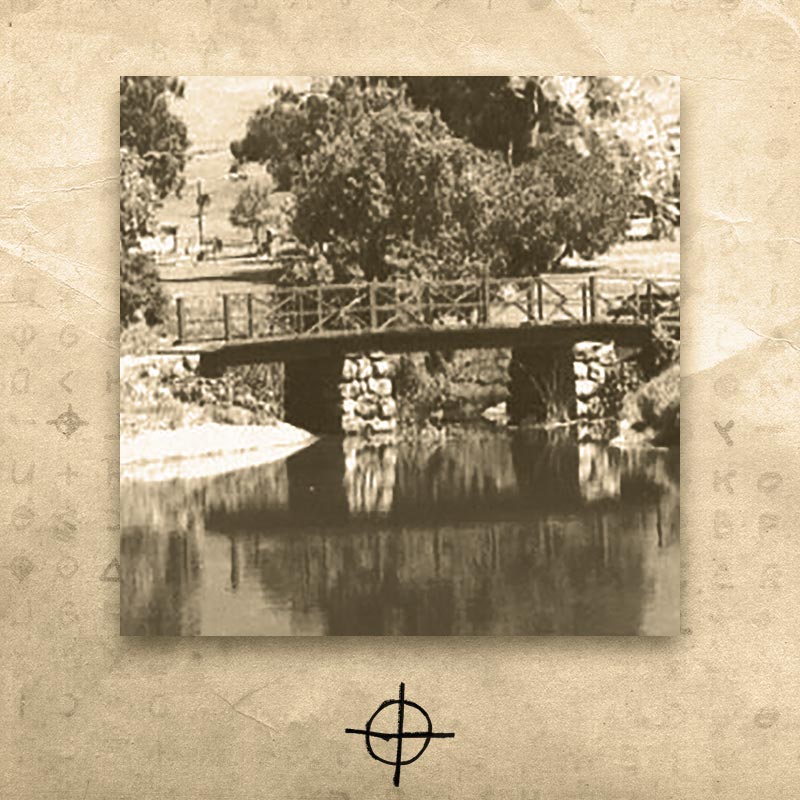
2 · Lover's Lane
For the second time in a matter of months, a couple was just sitting in a car talking in a quiet spot when the Zodiac targeted them. He killed Darlene Ferrin and critically wounded Michael Mageau.
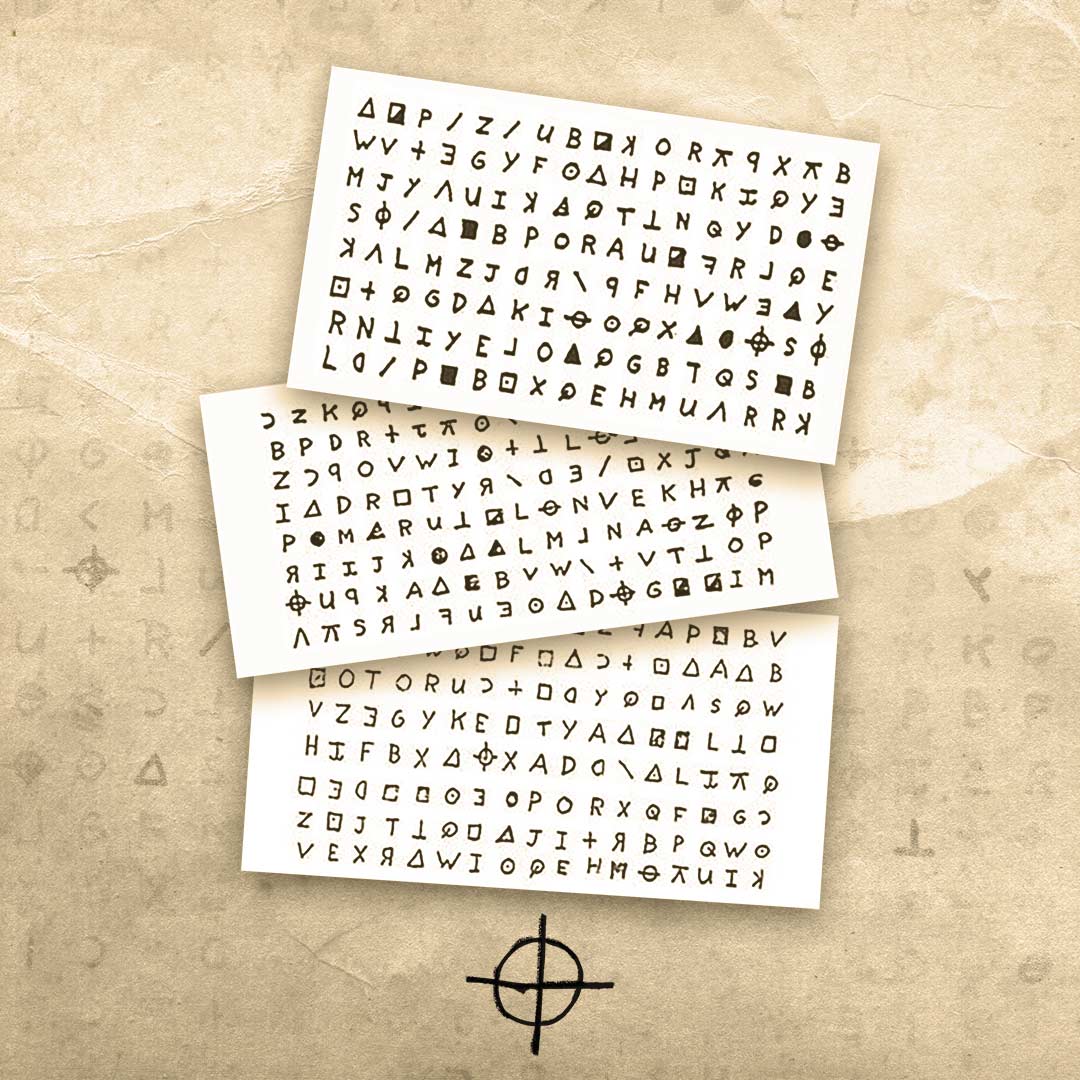
3 · The Most Dangerous Game
Three nearly identical letters, each containing one-third of a 408-symbol cryptogram, arrive at three Bay Area newspapers.
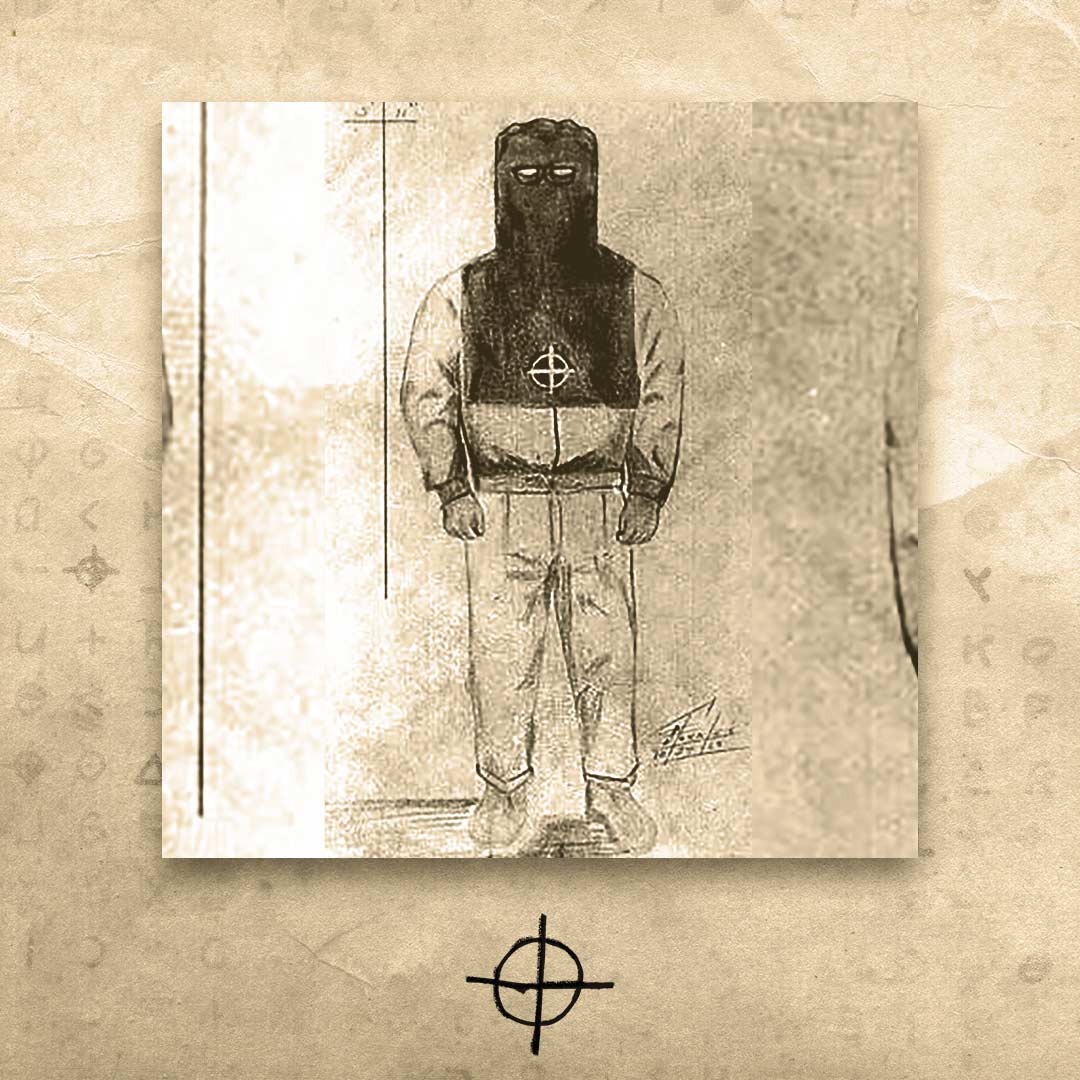
4 · The Lake
Who is this man in a medieval mask?
